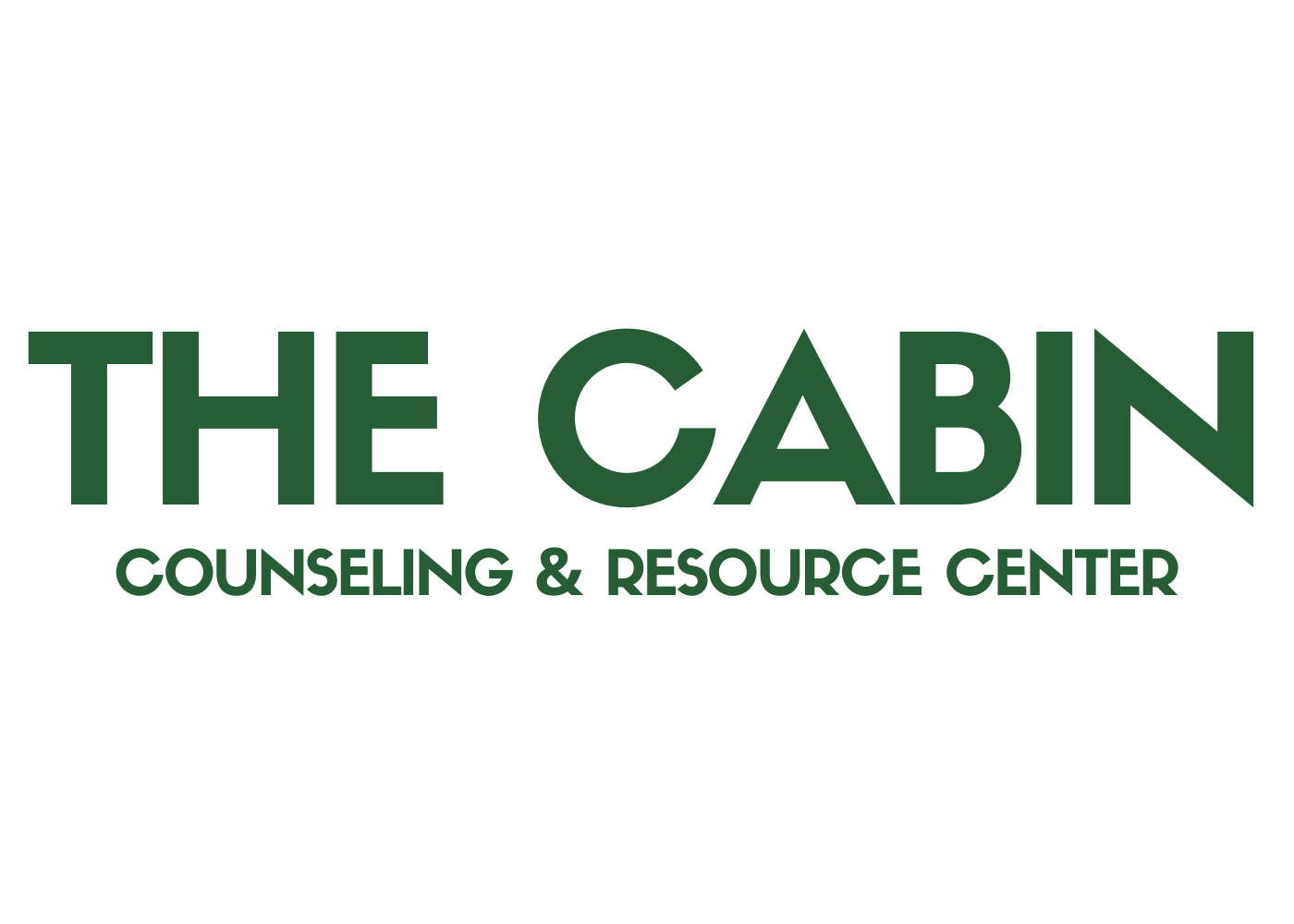What Is Cognitive Behavioral Therapy?
What is Cognitive Behavioral Therapy?
Cognitive Behavioral Therapy (CBT) is a widely used and effective therapeutic approach that focuses on the relationship between thoughts, feelings, and behaviors. It is based on the premise that our thoughts and perceptions about events influence how we feel emotionally and how we behave in response to those feelings.
Key Components of Cognitive Behavioral Therapy:
Cognitive Restructuring: This involves identifying and challenging negative or distorted thoughts (cognitive distortions) that contribute to emotional distress or problematic behaviors. Through CBT, individuals learn to recognize these unhelpful thought patterns and replace them with more balanced and realistic thoughts.
Behavioral Techniques: CBT emphasizes changing behaviors that contribute to problems or maintaining negative emotions. Therapists often use techniques such as goal setting, problem-solving, behavioral experiments, and exposure therapy (gradual exposure to feared situations) to help clients modify their behaviors and responses.
Collaborative and Goal-Oriented: CBT is typically structured and goal-oriented, with collaboration between the therapist and client to set specific treatment goals and work towards achieving them. The therapist plays an active role in teaching skills and providing guidance throughout the therapy process.
Empirical Support: CBT is supported by a substantial amount of research demonstrating its effectiveness in treating various mental health conditions, including anxiety disorders, depression, post-traumatic stress disorder (PTSD), obsessive-compulsive disorder (OCD), eating disorders, substance abuse, and more.
How CBT Works:
Identifying Thoughts and Emotions: Clients learn to identify automatic thoughts (spontaneous, often subconscious thoughts) and emotions associated with specific situations or triggers.
Examining Evidence: Therapists help clients examine the evidence for and against their automatic thoughts, encouraging a more balanced and rational perspective.
Behavioral Experiments: Clients engage in behavioral experiments to test the validity of their beliefs and to develop alternative, more adaptive behaviors.
Skill Building: Clients learn coping strategies and skills (such as relaxation techniques, assertiveness training, or problem-solving skills) to manage stress, improve interpersonal relationships, and address specific challenges.
Applications of CBT:
Anxiety Disorders: CBT helps individuals manage anxiety symptoms, such as excessive worry, panic attacks, phobias, and social anxiety.
Depression: CBT is effective in addressing negative thinking patterns, low self-esteem, and behavioral withdrawal associated with depression.
Trauma and PTSD: CBT techniques like exposure therapy and cognitive restructuring help individuals process traumatic experiences and reduce symptoms of PTSD.
Substance Use Disorders: CBT helps individuals identify triggers for substance use, develop coping skills to resist cravings, and modify behaviors related to substance abuse.
Eating Disorders: CBT addresses distorted body image, unhealthy eating behaviors, and emotional triggers associated with eating disorders like anorexia nervosa and bulimia nervosa.
Overall, Cognitive Behavioral Therapy is a structured, goal-oriented psychotherapy approach that focuses on changing patterns of thinking and behavior to improve emotional regulation and overall well-being. It empowers individuals to develop skills and strategies that can be applied beyond therapy sessions, fostering long-lasting positive changes in their lives.

